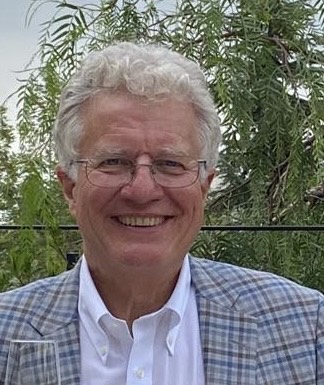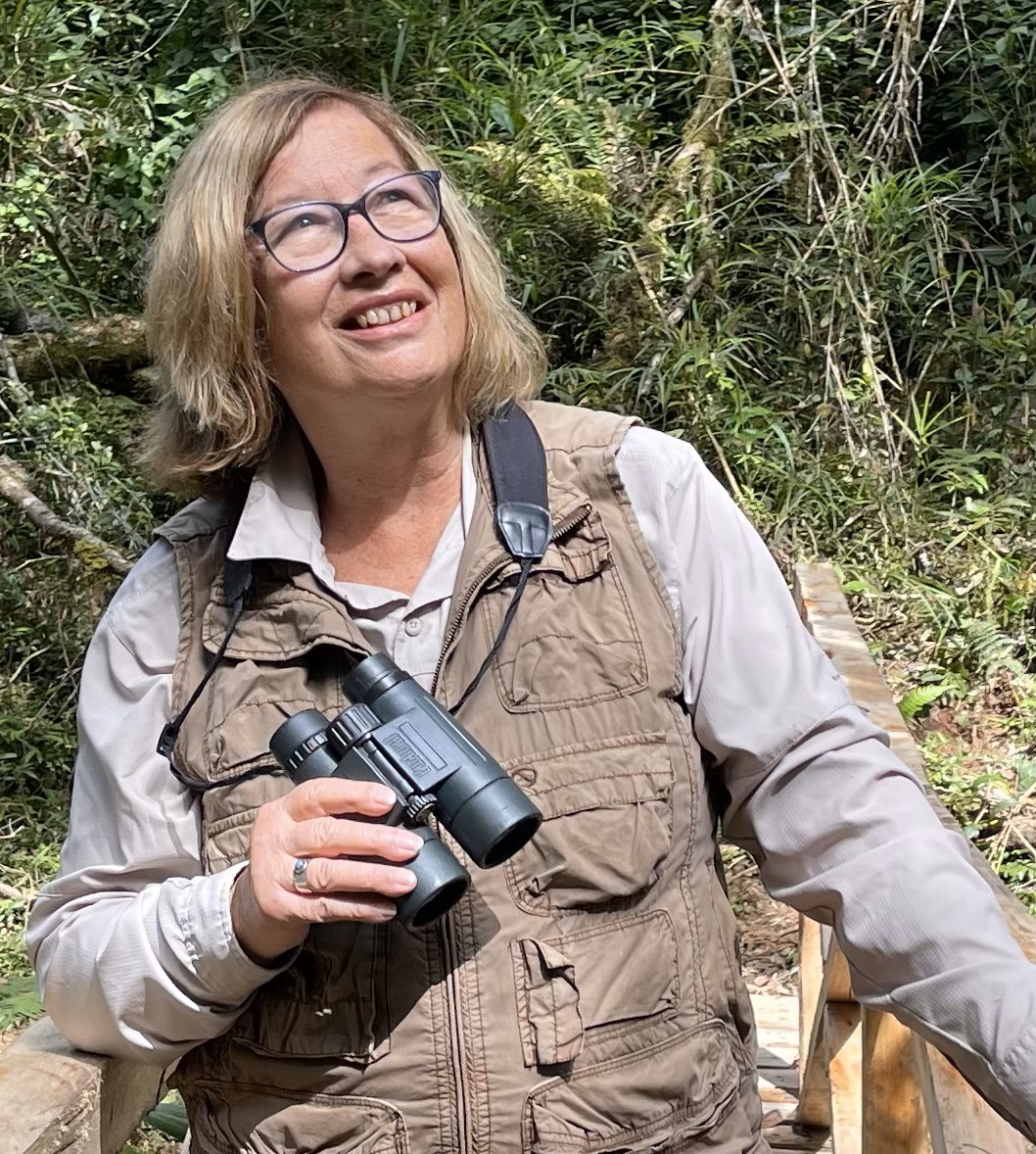Lectures and Talks
Showcasing exceptional Stony Brook faculty
Bringing guest speakers to campus
Join the conversation
We host or support three types of talks:
Provost's Lecture Series
Showcases SUNY Distinguished Academy faculty
Two faculty members are included in each lecture every semester
Lawrence Martin
SU NY Distinguished Service Professor, Anthropology
NY Distinguished Service Professor, Anthropology
"Becoming Human: Our Seven-Million-Year Journey"
All of the major events in the human evolutionary story occurred in Africa and are recorded in the sedimentary rocks of Africa, particularly the Turkana Basin of northern Kenya and southern Ethiopia.
Lawrence Martin, an expert on the evolution of apes and the origin of humans, worked with the late Richard Leakey to build a bastion for research on human evolution, Stony Brook’s Turkana Basin Institute, that he directed for 17 years.
Continue Reading...
Pat Wright
S UNY Distinguished Service Professor, Anthropology
UNY Distinguished Service Professor, Anthropology
"Recent Discoveries Englighten the Mysteries of Madagascar: Earlier Human Arrival, the Lost Rainforest and Ranomafana Hippos"
Our Stony Brook team has made three major discoveries in Madagascar in the last decade that have given us new findings to understand its mysterious past. Madagascar has been isolated from any continent for over 100 million years. With no fossil record from 77 million years (dinosaurs) until the Holocene, there are many questions about the evolution of the living animals.
Continue Reading...
Past Provost's Lectures
Becoming Human: Our Seven-Million-Year Journey
Lawrence Martin, PhD
SUNY Distinguished Service Professor, Anthropology
Recent Discoveries Enlighten the Mysteries of Madagascar: Earlier Human Arrival, the Lost Rainforest and Ranomafana Hippos
Pat Wright, PhD
SUNY Distinguished Service Professor, Anthropology
Finding your Niche in an Academic Ecosystem
J. Peter Gergen, PhD
SUNY Distinguished Professor, Biochemistry and Cell Biology
Director, Undergraduate Biology
Decoding the Brain in Schizophrenia: Insights from Imaging Studies
Anissa Abi-Dargham, MD
SUNY Distinguished Professor, Psychiatry and Behavioral Health
Lourie Endowed Chair in Psychiatry
Associate Dean and Associate Vice President for Clinical and Translational Science
Provost's Spotlight Talks
Feature outstanding SBU faculty recently recognized for contributions to their field and eminent visitors
Members of the campus community are invited to nominate individuals to be featured in Spotlight Talks. Nominations are evaluated by a committee of experts.
If you have an idea for who should give a Spotlight Talk, email us at faculty_affairs@stonybrook.edu.
Past Spotlight Talks
The Stories we Encode: AI, Love, and the Future of Algorithmic Care
Stephanie Dinkins, PhD
Kusama Endowed Chair in Art
Gravitational Waves: Unraveling the Mysteries of the Universe
Barry Barish, PhD
President's Distinguished Endowed Chair in Physics
Provost-Sponsored Talks
Hosted by academic units, the Provost's Office offers up to $1,000 to offset costs of bringing guests to speak at SBU
Members of the campus community are invited to submit nominations for sponsored talks.
Nominations are evaluated by a committee of experts.
Nomination deadlines:
Fall speakers: June 1
Spring speakers: December 1
Funds may only be used to support speaker honoraria, no more than one lecture dinner or reception with the speaker, and/or the speaker-related costs of travel, lodging and meals.
Recent Provost-Sponsored Talks
Inducement of Behavior via Soft Policies
Tamer Başar
Swanlund endowed chair emeritus and CAS professor emeritus of electrical and computer
engineering
University of Illinois, Urbana
Evolution across Mutagenic Landscapes: Adventures at Chernobyl, Fukushima, and Other Hot Places
Timothy Mousseau
Professor, Biological Sciences
University of South Carolina
What's at Stake in the 2024 Election?
Ryan Vander Wielen, Professor, Political Science
Gallya Lahav, PhD
Professor, Political Science
Leonie Huddy, PhD
SUNY Distinguished Professor, Political Science
Chair, Department of Political Science
Rueben Kline, PhD
Associate Professor, Political Science
Stanley Feldman, PhD
John S. Toll Professor, Political Science
A Year after October 7: Historical Backdrop, Future Prospects
Hussein Ibish
Arab Gulf States Institute in Washington
David Myers
University of California, Los Angeles
